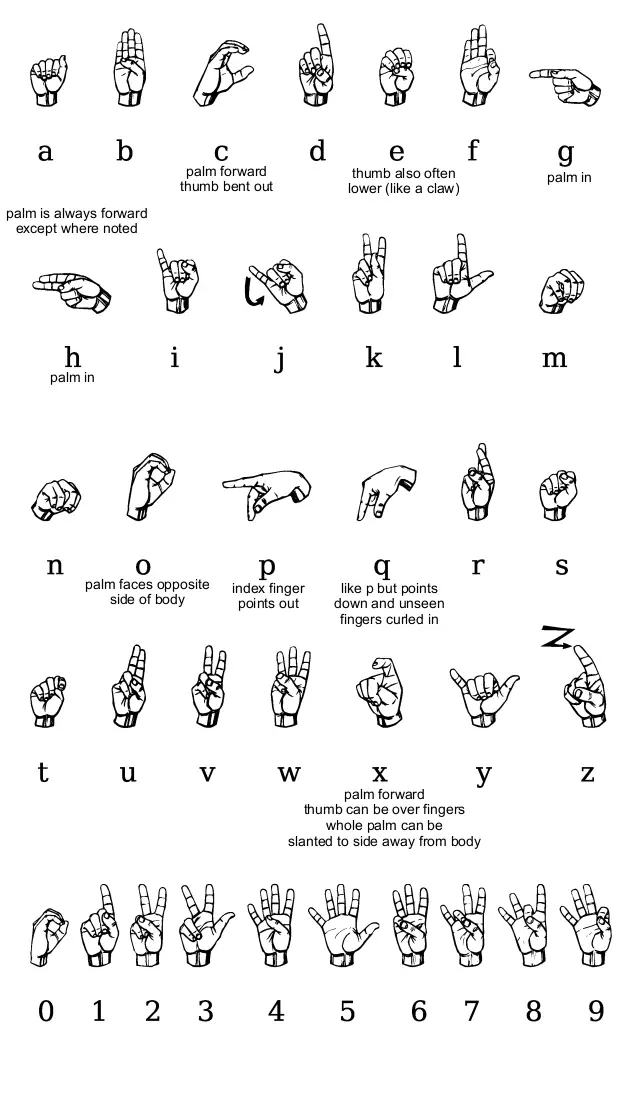Sign language is the method of communication with deaf and dumb individuals. Each part of the world has a different sign language. The popular sign languages are American Sign Language, French Sign Language and Modern British Sign Language.
Much research is going into developing existing and new sign languages. Some of the fascinating facts about sign languages have been expressed below.
-
The American Sign Language employs the use of hand gestures, facial expressions and body postures in order to communicate. There are more than 500,000 users of American Sign Language in the United States. However, not all users of ASL are aurally impaired. Some of them are family members, friends and teachers of individuals whose hearing has been impaired.
-
The American Sign Language is the third most popular language in the United States after English and Spanish.
-
Contrary to popular belief, sign language is not a literal translation of a spoken language. It has its own syntax, usage of words and grammar. Because of the difference in word usage and grammar, the ASL is considered a foreign language.
-
Sign language differs from country to country. Britain has its own sign language which is known as Modern British Sign Language, which is much different from ASL. The ASL is quite similar to the French Sign Language or FSL.
-
In 18th century France, it was believed that education could not be imparted to individuals who were deaf and dumb. Pierre Desloges, a man with impaired hearing rubbished these claims by writing a book on how sign language could be used to educate deaf and dumb individuals. The book became popular, and schools for dumb and deaf children were started in Paris.
-
The reason for the French Sign Language and the American Sign Language being similar may be attributed to the fact that several French students and teachers migrated to the US to teach people the sign language.
-
Even though the ASL and FSL may be similar in terms of grammar and syntax, they both contain thousands of local words which might make it difficult for individuals to communicate in. Age and ethnicity have a lot to do while learning sign language. It has been estimated that there are close to 6,000 different sign languages.
-
Learning sign language is similar to learning a normal, spoken language. Deaf and Dumb children pick up the gestures by seeing them, much like normal children learn a language by hearing it.
-
Deaf children who have parents who are also deaf make the signs faster than their parents can make. Therefore, even if parents are not fluent, a child can become fluent in ASL.
-
Nine out of ten children born deaf are to parents who can hear and speak. In such a case, the child needs additional assistance in learning the language. Sometimes, parents also sign up for the sign language course alongside their child.
-
The National Institute on Deafness and Other Communication Disorders or NIDCD is researching on other sign languages such as the Al-Sayyid Bedouin Sign Language, used by inhabitants of a Bedouin village in Israel. Other research that is going in this sphere is the development of a sign language in isolation where there is little or no linguistic input.
Through proper development of sign languages, deaf and dumb children can lead a close to normal lifestyle. The number of teachers and schools for teaching sign language has gone up in the past few years, and more people are getting acquainted with it.











Leave a Reply